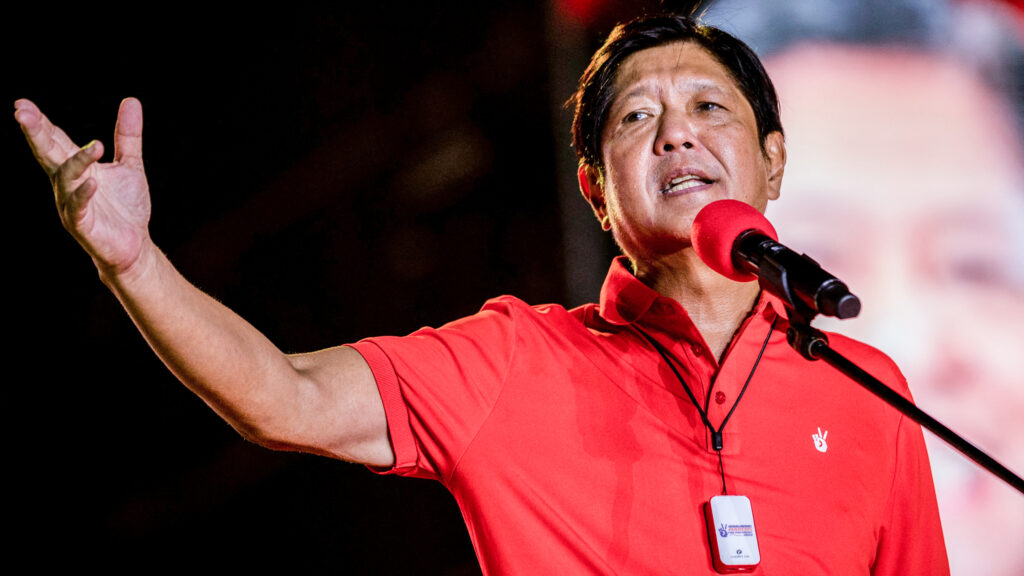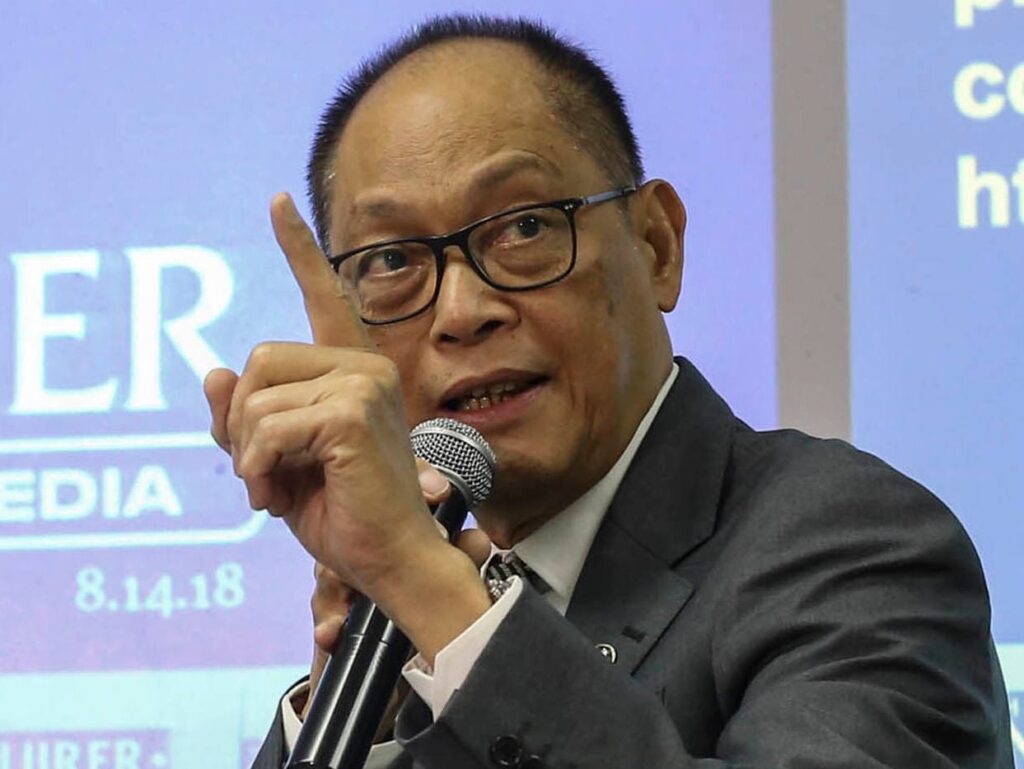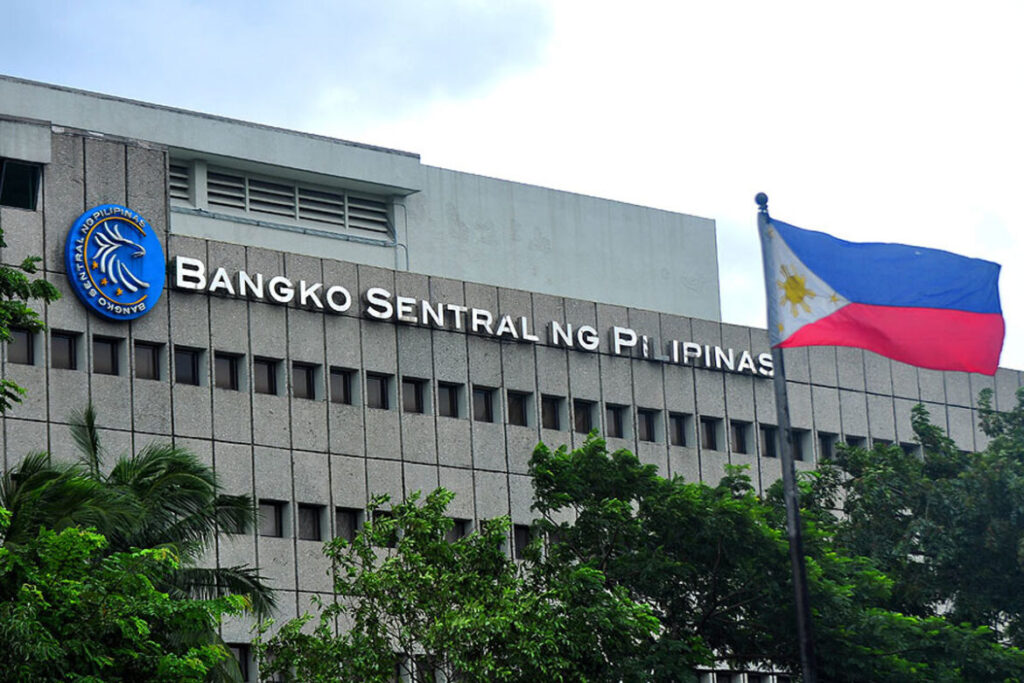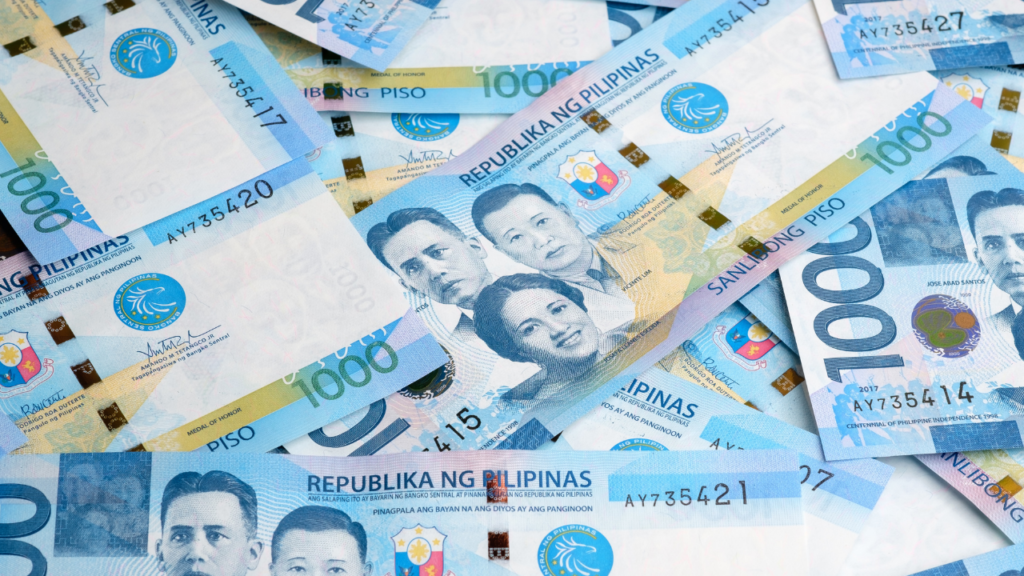The controversial Maharlika Investment Fund (MIF) is imminent, with Finance Secretary Benjamin Diokno revealing its implementing rules and regulations are in its ‘final phase’.
This should come as no surprise, it is President Bongbong Marcos’ pet economic policy and one which he demanded Congress to enact before his next State of the Nation Address (SONA) this July 24.

What the creation of the Fund should signal among Filipinos, however, is a heightened sense of vigilance and appetite to scrutinize the implementation of the investment fund. There is ample reason to be vigilant, one because the MIF is poorly designed but also because its creation was very suspect.
In late November, the bill to create the Fund was filed by House Speaker Martin Romualdez – a cousin of the President’s. Co-authors of the bill also included more Marcos-friendly lawmakers including Rep. Sandro Marcos, the President’s son.
The initial blueprint for the MIF was ambitious, it would draw resources from public retirement savings, the Land Bank of the Philippines, and the Development Bank of the Philippines (DBP) into a pool of funds that can be used to invest in opportunities domestically and abroad.
In the initial stage of the bill, the MIF would amass a staggering Php250 billion in seed money – a large sum that would be under the control of a government company known as the Maharlika Investments Corporation (MIC). This body will be helmed by the Finance Secretary, who is ultimately answerable to the President as Chief Executive.
In summary, we have a bill that was filed by close allies and family members of President Marcos that gives authority to ransack our retirement savings and sequester dividends from state-owned corporations into a pool of funds that is ultimately under the control of the President himself.

Succumbing to public outrage over the use of retirement savings to prop up the MIF, the Marcos government dropped the requirement for state pensioners Government Service Insurance System (GSIS) and Social Security System (SSS) to contribute towards the investment fund.
This may have allayed the fears of several critics, but this reaction from the Marcos administration is a mere smokescreen. Funds from the GSIS and SSS may still be invested in the MIF if their respective boards decide to do so, and given that the board members are appointed by the President that is a predicament to be wary of.
State-owned assets aren’t safe either. During a Senate hearing on the MIF, Finance Secretary Diokno divulged that the Department of Finance (DOF) has a list of possible government assets that can be sold to generate seed capital.
It should be noted that the Marcos government has been aggressively selling state assets to plug burgeoning budget deficits, these assets include prime land and power plants. There is no doubt this fire sale will only escalate once the MIF is fully established.
Of the state assets that will be retained and still generate returns for the national government, its dividends will be sequestered into the MIF as well. The Bangko Sentral ng Pilipinas (BSP), the nation’s central bank, for example is mandated to give 100 percent of its dividends to the MIC for the first two years of the MIC’s operations.

Many have hit out at this mandate under the MIF bill, citing that it undermines the constitutional independence of the BSP. The Land Bank of the Philippines and the Development Bank of the Philippines (DBP), both state-owned financial institutions, are also mandated to contribute Php50 billion and Php25 billion, respectively, to the MIF.
The amount of seed funding to be extracted from both the LandBank and the DBP represent 25 percent and 33 percent, respectively, of those financial institutions’ own capital.
This worryingly exposes both these government banks to the risks of the Fund’s investments – if the MIF fails, these two banks would be greatly affected and that could spread to retail banks who transact with the two financial institutions.
The overall health of the LandBank, recognised as the state lender, could be compromised as a result of its involvement in the MIF as well. Economists have warned that the LandBank’s pristine Tier 1 ratio under the Fitch Ratings could be downgraded if it is forced to contribute to the MIF.
Haphazardly mandating the LandBank and DBP to contribute to an ambiguous investment fund sparked a frenzy among the general public, leading the Treasury to issue a plea to people not to close their bank accounts in hopes of preventing a possible bank run.

If the MIF can induce panic even before it is fully operational, what other headaches will it bring the country once it is up and running?
There are good reasons to suspect future problems too, given its poor design and confusing provisions. Having been proposed by President Marcos’ own family members also makes the MIF very suspect – what purpose does it really serve?
The Philippines suffers from chronic social problems, continuously faces natural calamities that leave large bills for the government to pick up, and the Marcos administration is already dealing with rising inflation, record national debt, and large budget deficits.
One would think that there are more urgent matters that require a share of our limited public funds than a glorified slush fund for the government.
Having passed its third reading, and with President Marcos raring to present it at his next State of the Nation Address (SONA) this month, the MIF is on course to becoming a reality. We, the Filipino people, are the final frontier – it is up to us to remain vigilant and scrutinize how our public funds are being used by the MIF.

